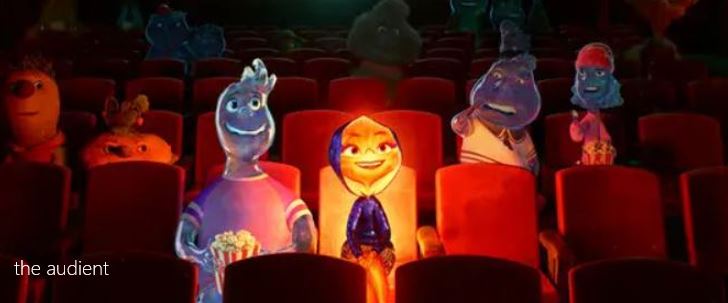
It's less true nowadays, but in the seventies, eighties and nineties, there were any number of films made that trafficked in the nostalgia of earlier decades of the 20th century.
Surely those films were designed to speak to baby boomers and others who could actually remember those eras, but that doesn't mean they were the only ones with whom these films resonated. You could appreciate somebody else's nostalgia as long as you were at just the right age when those movies came out.
Case in point: I was 12 when Stand by Me hit theaters in 1986. The year 1959, in which the film was set, meant nothing to me otherwise. I wasn't even going to be born for another 14 years. But this film instantly became a cherished favorite because I could relate to the age of the kids, and of course probably also because it's extremely well made. It came right in the thick of Rob Reiner's truly astonishing 1980s hit streak.
However, the same was not true for another film that was arguably similar: American Graffiti. That film was set three years later, in 1962. But it came out 11 years earlier than Stand by Me, when I was still a wee little tyke sucking my pacifier, and I didn't see it until I was in my 20s. At the time I saw it, I would have identified with the age of the characters, like I did with the age of the characters in Stand by Me. But nothing else about it connected with me. I had missed its zeitgeist moment, and so American Graffiti would never be "my nostalgia."
A similar thing was at play yesterday when I watched The Sandlot, the realization of my desire to watch a baseball movie to celebrate the start of the season. The Sandlot owes a ton to Stand by Me, using the same type of voiceover narration and even some similar incidents. (Both films deal with the comically outrageous threat posed by a menacing dog.) It's set at about the same time as the other two films I've mentioned. The difference this time is that I was too old for the movie when it came out, rather than too young. I was six months away from turning 20 when The Sandlot was released -- exactly 23 years ago today, in fact -- and I was in my sophomore year of college. A movie about approximately 12-year-old kids was the last thing on my mind at that time. Instead of being one generation ahead of me, it was one generation behind.
And so as I was watching it yesterday, I got a sense for why it might be revered and treasured by viewers, and especially baseball fans, who were born in the early 1980s rather than the early 1970s. And it did feel classic in some way, like an alternate universe classic. The scenes felt iconic in some familiar way, as though they were bouncing through the ionosphere in my general vicinity, but had never actually hit me until yesterday. It was kind of like I was watching an old favorite through somebody else's eyes ... which was enough of a remove from it for it probably not to become one of my own personal favorites.
Or was it?
Despite a disjointed viewing -- which began the night before and proceeded in dribs and drabs throughout my Wednesday, finally finishing at a cafe in the afternoon over a coffee -- by the third act of this film I felt myself wiping away tears. In fact, the woman at the cafe came at just the wrong time to ask if she could clear away my mug and saucer, as I could answer only wordlessly through a nod and a gesture. I'm a sap for baseball at the movies, I already know that, and that certainly explains my reaction. But the accumulation of nice scenes had really amounted to an emotional whole that was greater than the sum of its emotional parts, as characters I didn't think were necessarily all that well fleshed out, or even able to be differentiated from one another, struck me sentimentally as I heard what they had gone on to do as adults -- words that were accompanied by them disappearing from the screen in the midst of some kind joyous act of baseball.
And suddenly, in the midst of all this, somebody else's nostalgia had become my own.

No comments:
Post a Comment